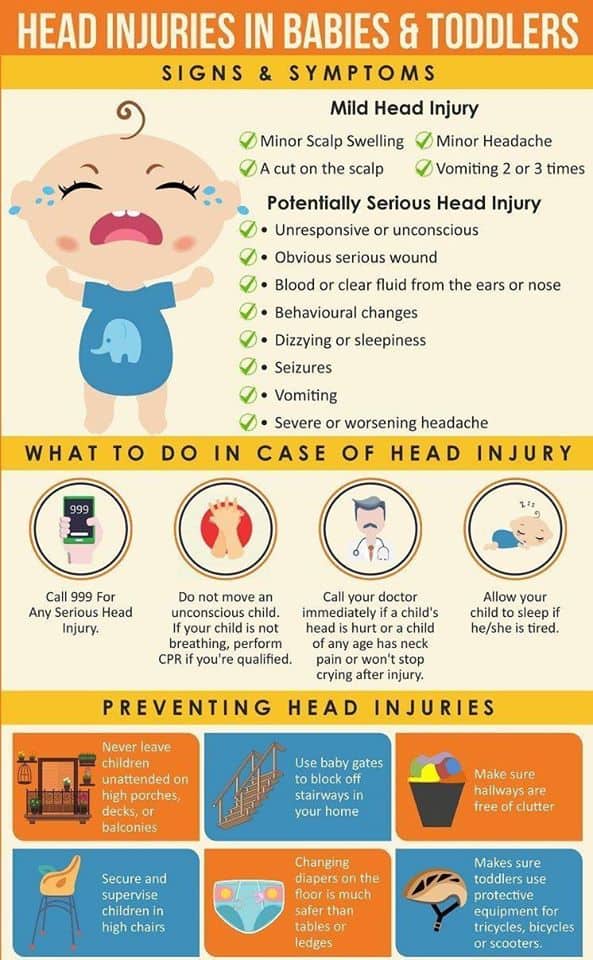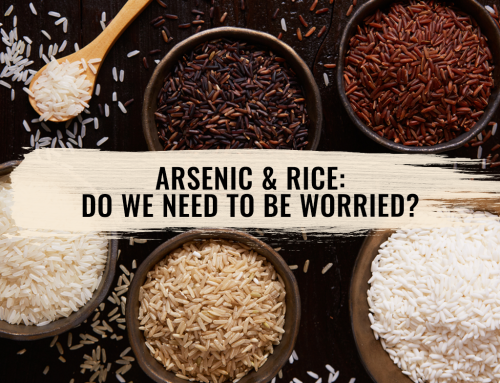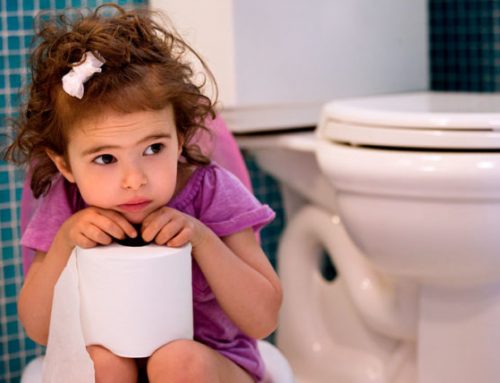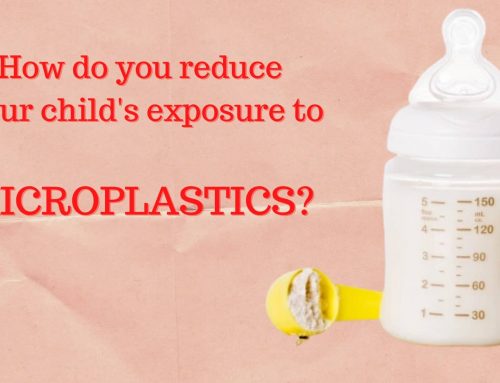How to Identify Head Injuries in Baby and Children
What is Head Injury?
Here’s a well-known fact. Children fall down all the time. Normally, parents will be concerned if these falls involve injuries to the head.
A head injury refers to any damage to the scalp, skull, brain and other structures in the head. The common signs to watch out for would be bruises or wound at the site of impact.
Sometimes, a child can have a concussion. This happens when a violent blow or impact to the head impairs the normal functions of the brain for a period of time. A child with a concussion may be less active than usual or drowsy. Thankfully, a concussion usually lasts for few minutes to few hours.
However, a high-impact injury to the head can result in skull fracture or bleeding in the brain. Children who sustain a high-impact injury will need to be hospitalised for observation and brain imaging.
Thankfully, a child’s skull is elastic hence it absorbs impact better, reducing the risk of injury to the brain. Nonetheless, it is of utmost importance to prevent any injuries to the head.
How to Reduce Risk of Head Injury
Here are some of the ways to reduce the risk of getting it:
✔️ Using car safety seats for children
✔️ Wearing a helmet in high risk sports
✔️ Using safety gates at the top and bottom of stairs
✔️ Do not leave infants unattended at high places e.g bed, sofa or high chair
✔️ Using bed rails or keeping side rails of crib up
✔️ No jumping on the bed or sofa
✔️Keeping walkways clear
The infograph below summarises the symptoms of a potentially serious head injury. When in doubt, it is best to consult your doctor.
References:
NICE guidelines
Related Article:
https://drjoannchildspecialist.com/head-injuries-in-baby-and-children/
Follow Our Facebook page:

INTERESTED IN PARENTING ARTICLES?
We have the right articles just for you.
“There is no such thing as a perfect parent. So just be a real one.” – Sue Atkins






